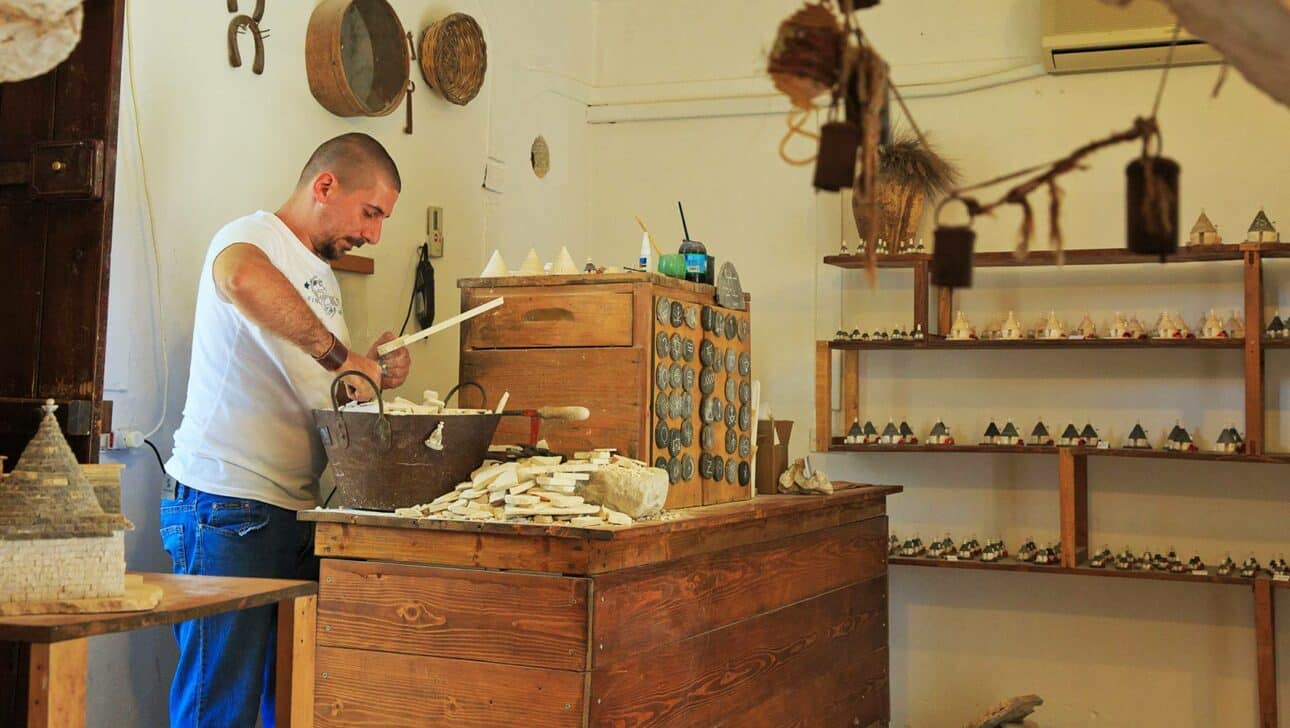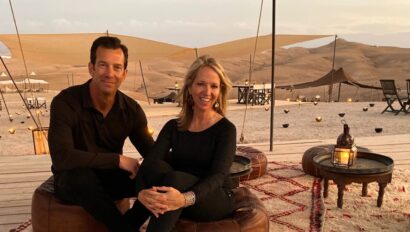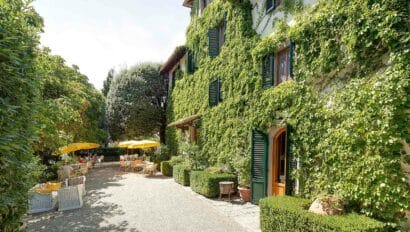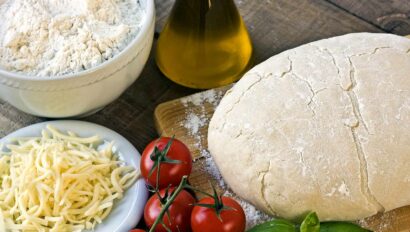IN OUT-OF-THE-WAY PLACES,
DISCOVER THE ANCIENT ART OF DIY
You’ve probably bumped into the “maker movement” lately. Maker is the latest term for a craftsperson or artisan, the kind of folks who use their hands, imaginations and available resources to create. Studios are “makerspaces.” Craft fairs are “maker markets.” At its urban hipster extreme, makers craft pickles from heritage cucumber breeds.
I agree that makers matter, and no time is that truer than when I’m traveling and trying to get a handle on local culture. Makers are often the descendants of long lines of people who had to make do. They make for themselves because nobody makes for them. They are linked to the past in ways no folkloric exhibit can convey. I always follow the sound of a clacking loom, the ping of a coppersmith’s hammer or the yeasty breeze wafting from a communal village oven. Makers satisfy my taste for history. When a whisky distillery was founded at St. Andrews, Scotland, in 1810, it was already 300 years since barber surgeons took over the trade from monks. Medicinal, I indeed. Watching distillers in action today, these makers are as much alchemists as moonshiners, so-called because they ran their stills at night to avoid the Malt Tax of 1725. Sit down for a classic nosing session, and the history overwhelms your senses.
And did I mention that it tastes pretty fine, too? Makers show me what matters. There’s a weaver in Otavalo, Ecuador, who is one of the last to still use a backstrap loom to weave wool that he hand-dyes with colors extracted from cochineal beetles and achiote seeds. A blanket the color of raw wool would be just as warm. But his work calls into the present Inca spiritual symbols, and you get that hardscrabble Andeans have the same human need for color and beauty that we all do, and that it will find a way to express itself.
Most of all, makers make me feel at home. Born from everyday necessity, their skills are often practiced where they live — in the kitchen, the little studio at the back of the cottage or the water-powered mill by the barn. In Sardinia, Giovanna took us into her kitchen to make a batch of carasau bread. Baked twice, it’s sturdy (and delicious), and you understand why it’s the carb-of-choice for shepherds. Outside Rovinj on Croatia’s Istrian Peninsula, I’d have been happy enough to meet Sandi and his family and see his olive oil mill in action. But no. “You must come into the house for a taste.” And that’s the kind of invitation you must never turn down if you want to feel anchored in the places where you travel rather than just drifting by.
MAKING IT REAL
On every Classic Journey, our local guides introduce you to their friends who do it themselves. The makers and bakers, weavers and potters, the whiskey distillers and vintners — the people whose traditional trades and inherited skills define local culture in the most personal terms.




